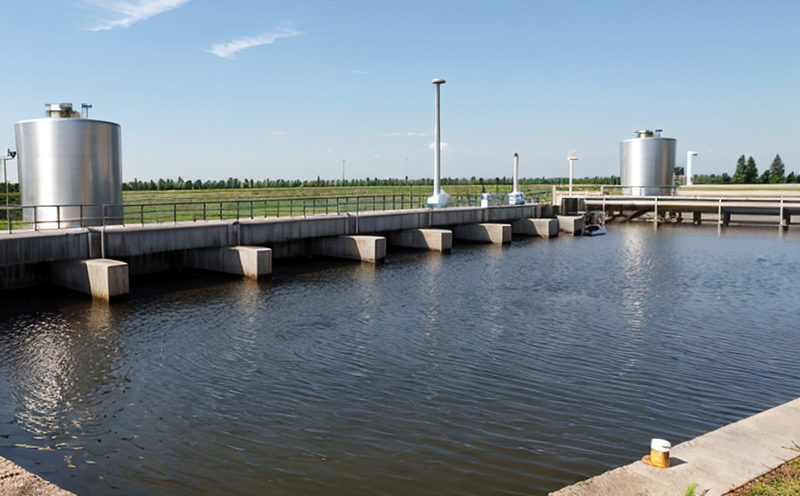EN ISO 9308 Detection of Escherichia coli in Water
The EN ISO 9308 standard is a critical tool used by quality managers, compliance officers, R&D engineers, and procurement professionals to ensure water safety. This method specifically targets the detection of Escherichia coli (E. coli), which serves as an indicator organism for fecal contamination in drinking water and wastewater systems.
Escherichia coli is a bacterium commonly found in the intestines of humans and warm-blooded animals. The presence of E. coli in water supplies can indicate the potential presence of other pathogenic microorganisms, viruses, or parasites that are harmful to human health. This makes accurate detection vital for maintaining public health standards.
The standard outlines a series of steps aimed at ensuring reliable and reproducible results. These include sample collection procedures, preparation methods, inoculation techniques, incubation conditions, and finally, the identification and confirmation of E. coli colonies on selective media. The process is designed to minimize false positives while maximizing sensitivity.
Quality managers rely heavily on this method to ensure that water treatment processes are effective in removing potential contaminants. Compliance officers use it as a benchmark for meeting regulatory standards set by organizations like the World Health Organization (WHO) and national health authorities. R&D engineers benefit from its rigorous protocols, which help them refine their testing techniques and improve product quality.
For procurement professionals, adherence to this standard ensures that equipment and reagents used in the detection process meet high-quality standards, thereby enhancing overall test reliability.
Scope and Methodology
| Step | Description |
|---|---|
| 1. Sample Collection | Water samples are collected from various points in the water distribution system using sterile containers to avoid contamination. |
| 2. Sample Preparation | The collected water sample is diluted with a buffered peptone water solution and then incubated for 18-24 hours at 37°C. |
| 3. Inoculation on Media | A loopful of the diluted culture is streaked onto a selective medium containing eosin methylene blue (EMB). |
| 4. Incubation and Observation | The inoculated plates are incubated at 37°C for another 18-24 hours, during which E. coli forms deep purple colonies on the EMB agar. |
| 5. Confirmation Tests | Colonies that appear suspiciously similar to E. coli are further tested using biochemical tests and/or PCR-based methods for definitive identification. |
Customer Impact and Satisfaction
The successful implementation of the EN ISO 9308 standard significantly impacts customer satisfaction by ensuring that water supplies meet stringent microbial quality standards. This not only protects public health but also builds trust between service providers and their clients.
For businesses in the water sector, compliance with this standard enhances reputation and market competitiveness. It demonstrates a commitment to excellence and reliability in providing safe drinking water. Moreover, it facilitates smoother interactions with regulatory bodies and international partners by aligning with global standards.
International Acceptance and Recognition
The EN ISO 9308 standard is widely accepted across Europe and beyond due to its robustness and consistency. Its adoption has been driven by the growing awareness of waterborne pathogens' potential risks and the need for effective mitigation strategies.
ISO standards are recognized globally, and this particular method is often referenced in other national regulations. This widespread acceptance ensures that results obtained from laboratories adhering to EN ISO 9308 can be easily understood and validated worldwide. It also simplifies international trade by providing a common language for water quality testing.
Adherence to such standards fosters collaboration among stakeholders, including governments, industry leaders, and academic institutions, promoting best practices in water management.





